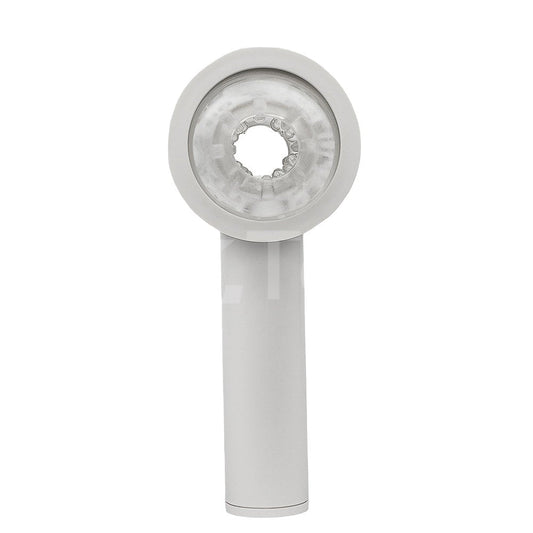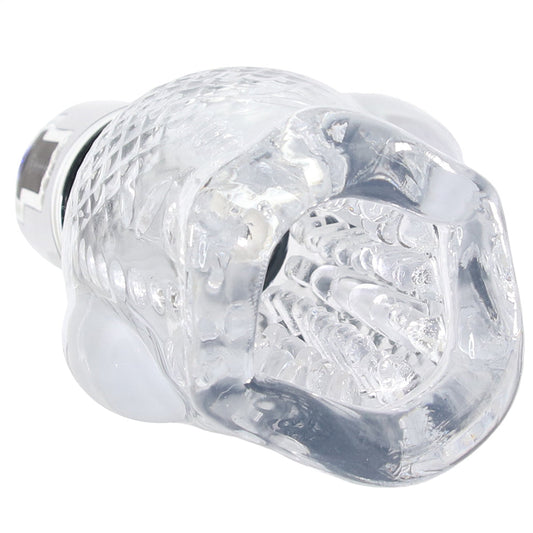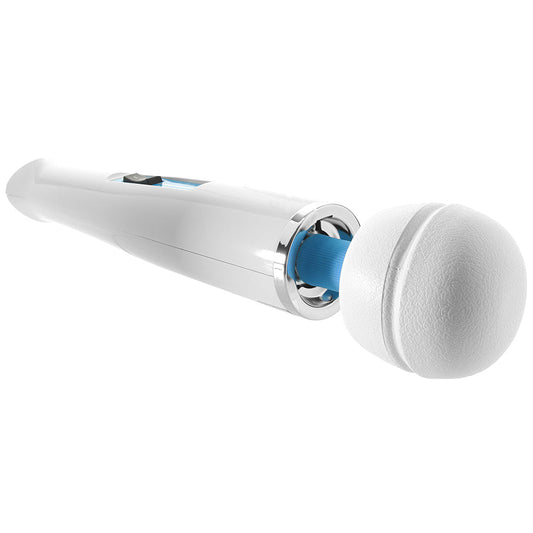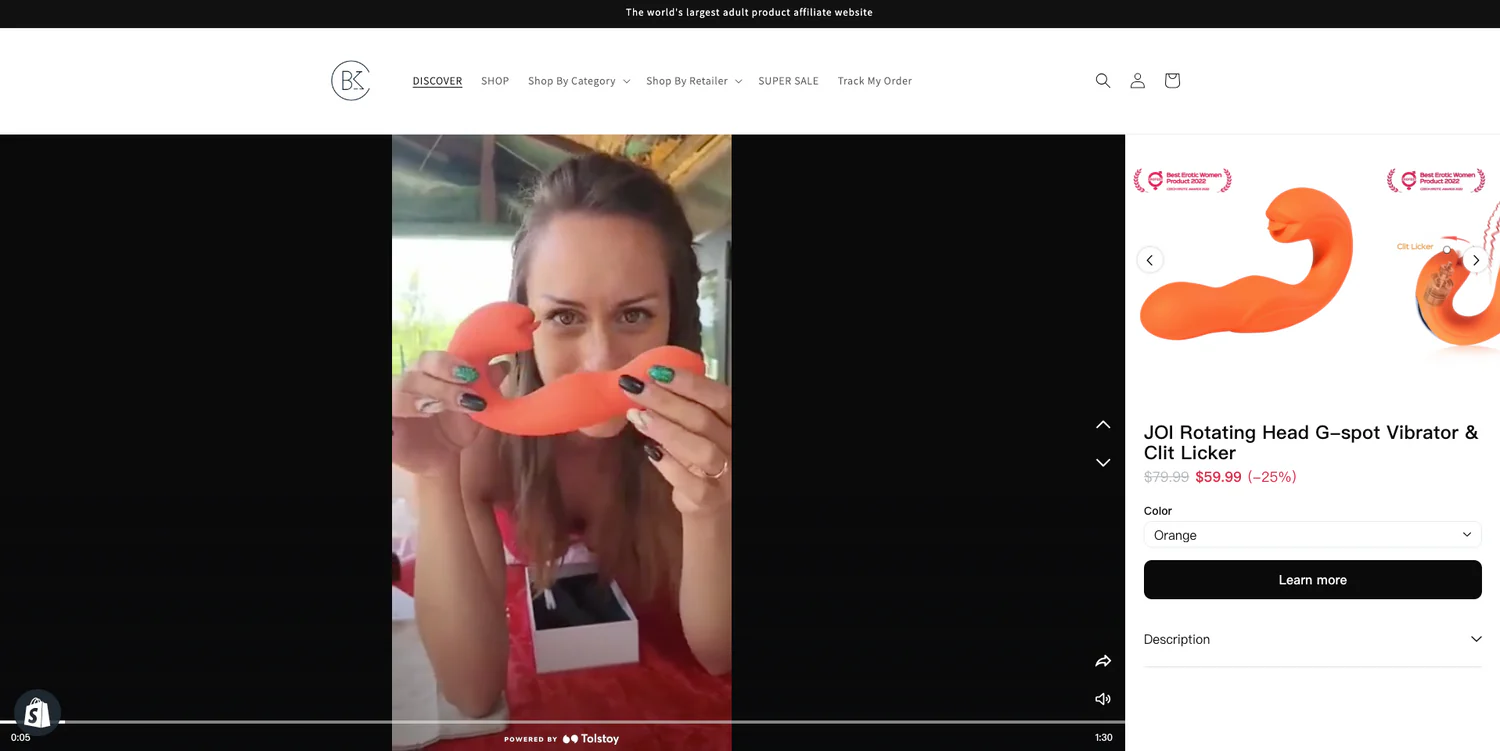Your Easy Guide to Barrier Methods
September is Sexual Health Awareness Month!
This month is all about raising awareness and creating accessible education surrounding all things sexual health. In this spirit of this month, we want to talk about pregnancy and STI education so we are discussing barrier methods!
Ever wondered what “barrier methods" are? It is a term we hear often in the world of sex education without a clear definition. Today we are going to cover all things barrier methods including the what, why, and how as well as the advantages and disadvantages!
But first why is it important to learn about barrier methods and birth control?
Unfortunately, the lack of comprehensive education surrounding birth control and contraceptives is lacking. This is a societal issue as a lack in education surrounding birth control leads to higher rates of unwanted pregnancies, abortions, and sexually transmitted infections (STIs). On a personal level, having all the tools and information surrounding different types of birth control allows for more autonomy. Understanding all the options gives you the ability to make an empowered and informed decision that is right and individual to you.
So now let’s get into it!
What are Barrier Methods?
Barrier methods are a type of birth control that create a barrier between sperm and the uterus so fertilization cannot happen. Some barrier methods also prevent against STIs, but the main goal of this method is to prevent pregnancy by creating barriers. Common barrier methods (and the ones =we will go over today) include: the diaphragm, cervical cap, male or penis condom, and female or vaginal condom.
Some of the earliest forms of birth control were barrier methods! This method of birth control has been around for 100s of years, but current science has perfected it.
Fun fact: the original male (or penile) condom was made out of sheep intestines with a ribbon to secure it and the original cervical cap was half a lemon used to block and kill sperm. Thank goodness for the advancements of science!
Why use Barrier Methods?
There are some advantages to using barrier methods!
-
Are only used at the time of sexual intercourse
- Unlike other birth control methods like the pill or an Intrauterine Device (IUD) barrier methods are only used at the time of intercourse to prevent pregnancies. For some, this can feel as if there is more control over the situation and can ease anxiety.
-
Are safe for a vagina-owners to use while breastfeeding
- A big advantage of barrier methods is the ability to use them after pregnancy during breastfeeding. Other birth control methods include hormones that could affect the baby. The beauty of barrier methods is the ability to use it when other birth control options are not an option.
-
Does not affect other health conditions
- Similar to the last point, unlike other birth control methods, barrier methods do not involve the entire body and can be used by individuals who have other health conditions. This is beneficial as barrier methods create a world of birth control options for a wide array of individuals!
-
Fewer Side affects
- Barrier methods are not used for extended period of times and thus the chances for side-affects are fewer. Also, due to the minimal amount of hormones in barrier methods, there are fewer side-affects.
-
Can sometimes be used with other birth control methods
- For double the protection, barrier methods can be combined with other birth control methods. For example, someone who uses an IUD as birth control can also wear an internal condom or their partner can wear an external condom. Double the protection methods means the lower chance of pregnancy.
-
Some are available without a prescription
- Unlike most birth control methods, barrier methods can be found at the drug store or grocery store without needing a prescription. This allows for barrier methods to be a more accessible method for some.
Disadvantages to using Barrier Methods?
-
Human error is real
- Unfortunately, barrier methods lead to more human error and thus are can be less effective. If the barrier method is used incorrectly due to human error the chances of pregnancy increases.
-
One-time thing
- Most barrier methods are one use only. As this has its positive and negatives, some may not enjoy remembering to have to put in a barrier method before every sexual encounter.
-
Must be consistent
- For barrier methods to continually prevent against pregnancy they must be used consistently.
What are some popular barrier methods?
External Condoms: This is a thin tube that fits over the penis usually made of latex. Condoms prevent sperm from getting into the vagina. Latex and plastic condoms also protect against the spread of STIs by minimizing skin to skin contact and the exchange of fluids. A new condom must be used each time during sexual intercourse. Condoms can be purchased without a doctor's prescription.
Internal Condoms: This is a thin plastic pouch that is open on one end and closed on the other end. The closed end is placed inside the vagina to prevent the sperm from entering. The condom also protects against STIs. A new condom must be used each time. You can also buy these condoms without a doctor's prescription.
Diaphragm: This is a rubber or silicone dome with a firm, flexible rim. It fits inside a vagina and covers the cervix. A diaphragm is put in no more than 6 hours before sex and one needs a doctor's examination and a prescription to get a diaphragm. This barrier method does not prevent against STIs. With good care, a diaphragm lasts 1 to 2 years.
Cervical cap: This is a rubber device. It fits inside the vagina, right up against the cervix. You need a doctor's prescription to get a cervical cap. A cervical cap can last for up to 2 years.
Dental Dam: A dental dam is a thin, flexible square piece of latex that protects against mouth-to-genital or mouth-to-anus contact to reduces the risk for STIs while still allowing for clitoral, vulva, or anal stimulation. This is not a barrier methods against pregnancy but primarily a barrier method against STIs.






















